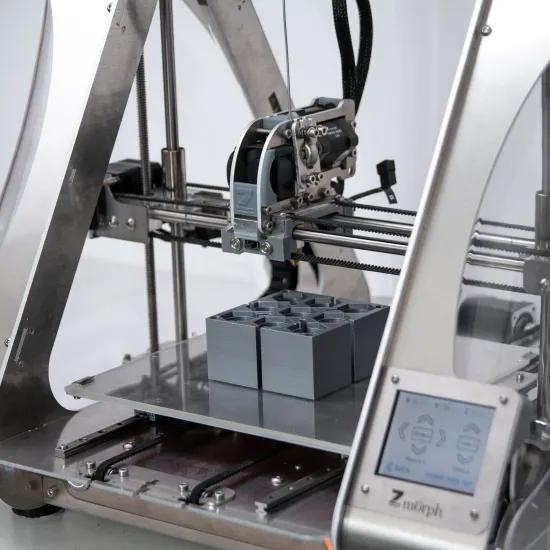As a machining company, are you considering investing in a new CAM system? Then you'll certainly want to consider the following points of interest!
CAM (computer-aided manufacturing), like CAD (computer-aided design), is done via customised software packages. There are some relevant aspects to consider when buying a new CAM system.
CAM or CAD/CAM
In a modern machining environment, the starting point is no longer a 2D drawing but a 3D CAD model. As a result, CAD functionality is always needed to incorporate changes to the model that are required by the CAM system (but not necessarily by the design) to manufacture the component. This may involve plugging holes, correcting import errors, etc. If you always receive the same format of 3D models, or if you already have a decent CAD system, it is important that the import function of the CAM works adequately. If you are still free to choose, integrated CAD/CAM software is definitely worth considering.
Employability
The possibilities of a CAM system must be checked against the current and future needs of the machining processes. The CAM must be able to handle the various products and related operations (2.5D, 3D, hole patterns, etc.). The link between the CAM and the NC machine is the postprocessor. You can compare it with the drivers that connect your printer and computer. Ideally, the CAM system already has the post-processors for the machine controls in your workshop. If not, it is important to consider its creation at the same time as investing in a CAM.
Knowledge and expertise
It's also important that the programmers or operators have mastered the system properly and can get the most out of it. The more intuitive the user interface is and the easier it is to use, the quicker people will be able to adapt to the new software. It helps if the software does not have numerous functions that may never be used.
Improvement of efficiency
You can expect a CAM system to support you in improving the efficiency of your processes. This may involve regularly introducing new operations or types of tool paths, adjusting cutting conditions to current situations, etc. and also the reduction of programming effort through feature recognition and automation. The investment in a new CAM system can thus quickly be covered by an improvement in efficiency.
Up to date
CAM software is constantly subject to changes and improvements, as machine tools and cutting tools are also constantly evolving. It is therefore important for the CAM developer to have sufficient cooperation with other technology providers.
Costing details
The investment cost is always an important consideration. Not only the purchase of the software should be taken into account, but also the efforts required to introduce the new system (training, start-up phase, post processor, etc.). By properly analysing needs and possibilities, an optimal, cost-efficient solution can be chosen. It may also be an option to invest in just a few modules and expand according to future needs.
Stay informed!
There are many initiatives in the making and already in progress to support companies with machining activities. Let us know about your interests or challenges and we’ll keep you informed about your opportunities!




